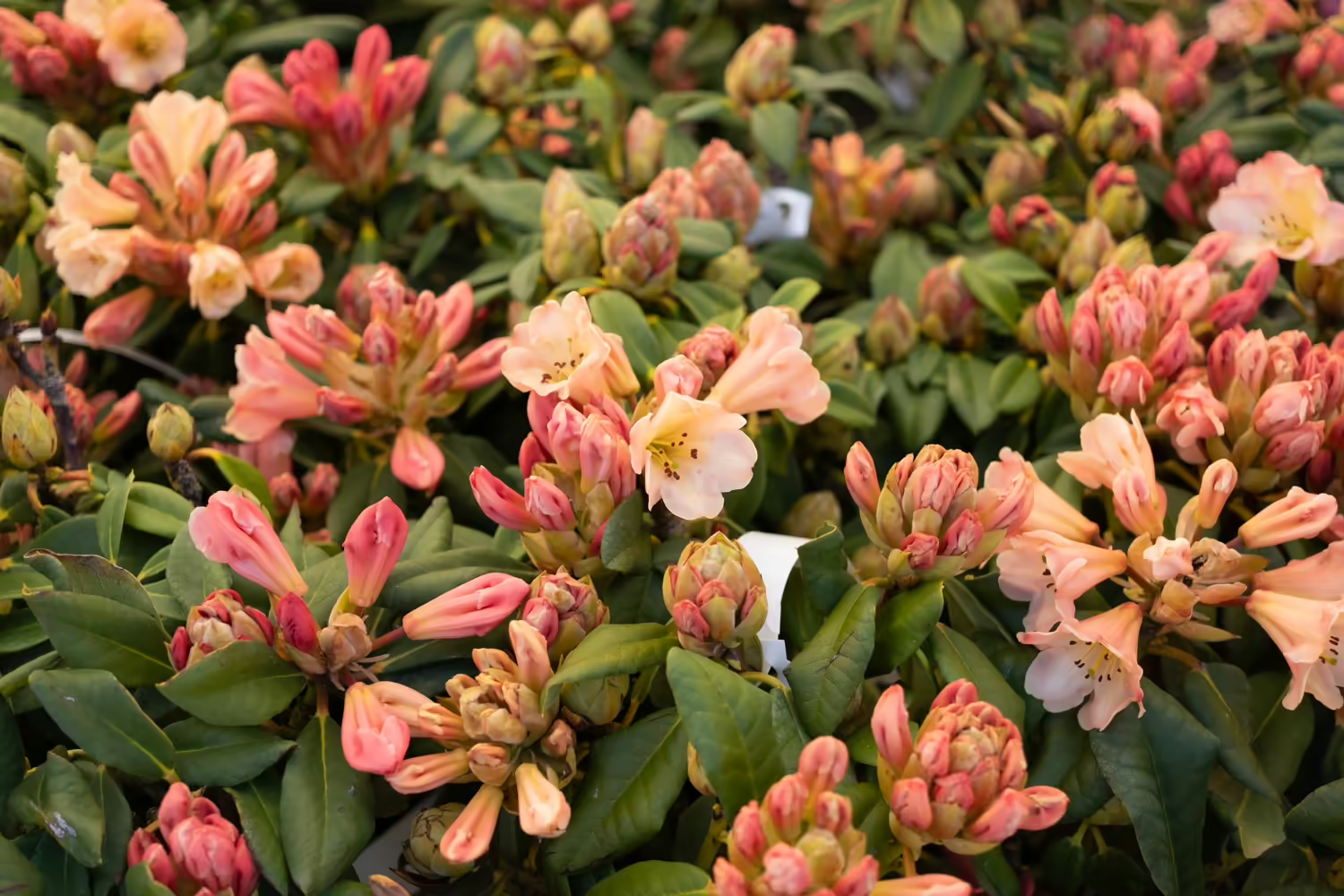
Written by s • What Does “Needs Acidic Soil” Mean?
If you are a beginning gardener, the words ‘needs acidic soil’ in the description of some plants can be confusing. Perhaps you have a hazy knowledge of acids as being things like vinegar, or lemon juice, so what can that have to do with the soil in your garden? The answer is certainly important, since knowing this about your soil will guide you in choosing plants that are suitable for your garden. It will also guide you towards ways of growing those desirable plants, even if your soil is not acidic.
What is pH?
Chemists find acids (and their opposite, alkalines) everywhere, and they use a special scale to measure it, called the pH scale (pronounced pee-eitch). This scale goes from zero to 14, with 7 being neutral – neither acid nor alkaline. Numbers below 7 are increasingly acidic, numbers above 7 are increasingly alkaline. Soil is a complex mixture of minerals and organic materials, and all these components have their own pH, so every different soil also has a particular pH. Plants in turn have adapted to certain soils, and developed preferences for soils with certain levels of acid or alkaline components.
The most common garden plants that have strong preferences for acidic soils are the azaleas and rhododendrons – loved for their colorful and spectacular spring blooms. Other plants like camellias, gardenias and blueberries have the same preference. When these plants are grown in soils that are neutral or alkaline, they cannot take up all the minerals they need – chiefly iron – and grow poorly, with their new leaves often turning yellow, which is called ‘chlorosis’. Only in acid soils can they get enough of this vital mineral.
How do I find the pH of my garden soil?
There are two ways to find this out. The simplest is to look at your neighbor’s gardens and see if they are growing azaleas and rhododendrons successfully. If they are, you probably have acidic soil. Large parts of the east as well as the Pacific north-west, have naturally acidic soils, a where these kinds of plants thrive.
The second way is to buy a kit from your local garden center or hardware. These are low-cost, and allow you to find out what the actual pH of your soil is. This is probably the most basic and important thing you need to know about your garden, so it will have been a few dollars very well spent. Most acid-loving plants will be happy in a soil with a pH of 6.5 or less, but a few may need a number closer to 5.
Although rarely mentioned, finding out that your soil is alkaline also can be good news, because there are some plants that grow especially well on alkaline soils. The most important are the different kinds of flowering plums and cherries, whose spring display certainly rivals the azaleas and rhododendrons. Other plants that thrive in these soils include crab apples, redbud, Thuja and yew trees.
Can I change the pH of my soil?
Although you will find suggestions for how to make your soil more acidic, in practice these rarely work, unless your soil is already acidic and you just want to make it a little more so. On the other hand, it is very easy to make your soil more alkaline, by using garden lime. This is useful for growing vegetables, but rarely needed for trees and shrubs. If your soil is alkaline and you want to grow acid-loving plants, take a different approach. Much more successful is focusing on the plant itself, rather than the soil. Look for materials available at garden centers that are broadly called chelated iron, and if you ask you will be directed to specific products containing this material. It is easy to use. Just follow the directions, which usually involve dissolving it in water, and pour it onto the roots of those plants. This should be done in early spring, before new growth begins, and another dose in summer and perhaps again in fall is often a good idea. This provides the necessary iron directly to your plants, without having to worry about the pH of the soil at all.
Another, even easier approach, is to grow these desirable plants in pots, using soil and fertilizers that are available for acid-loving plants. These plants will grow perfectly for you, and you have the added advantage of being able to move them around to prominent spots in the garden to highlight their blooms.
If you have naturally acidic soil, then a whole world of exciting and beautiful plants opens up for you. Even if you don’t, with a little effort you can still grow them, whatever type of soil you have, either by treating the roots or growing them in pots. Finding out the pH of your garden soil is easy to do, and it is very worthwhile information. Just knowing this simple fact about your soil will guide you to make the best choices among the array of beautiful plants available to you.





